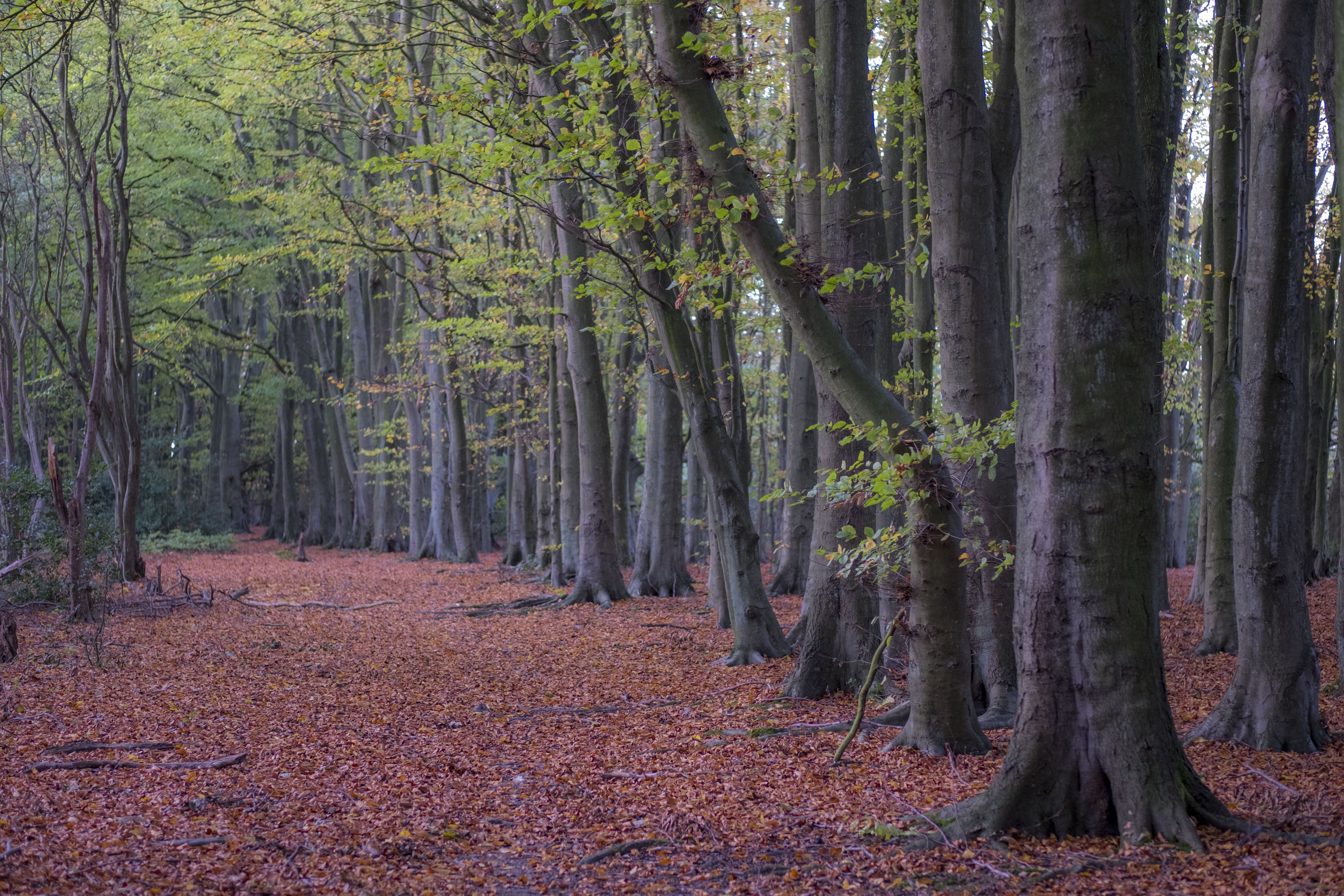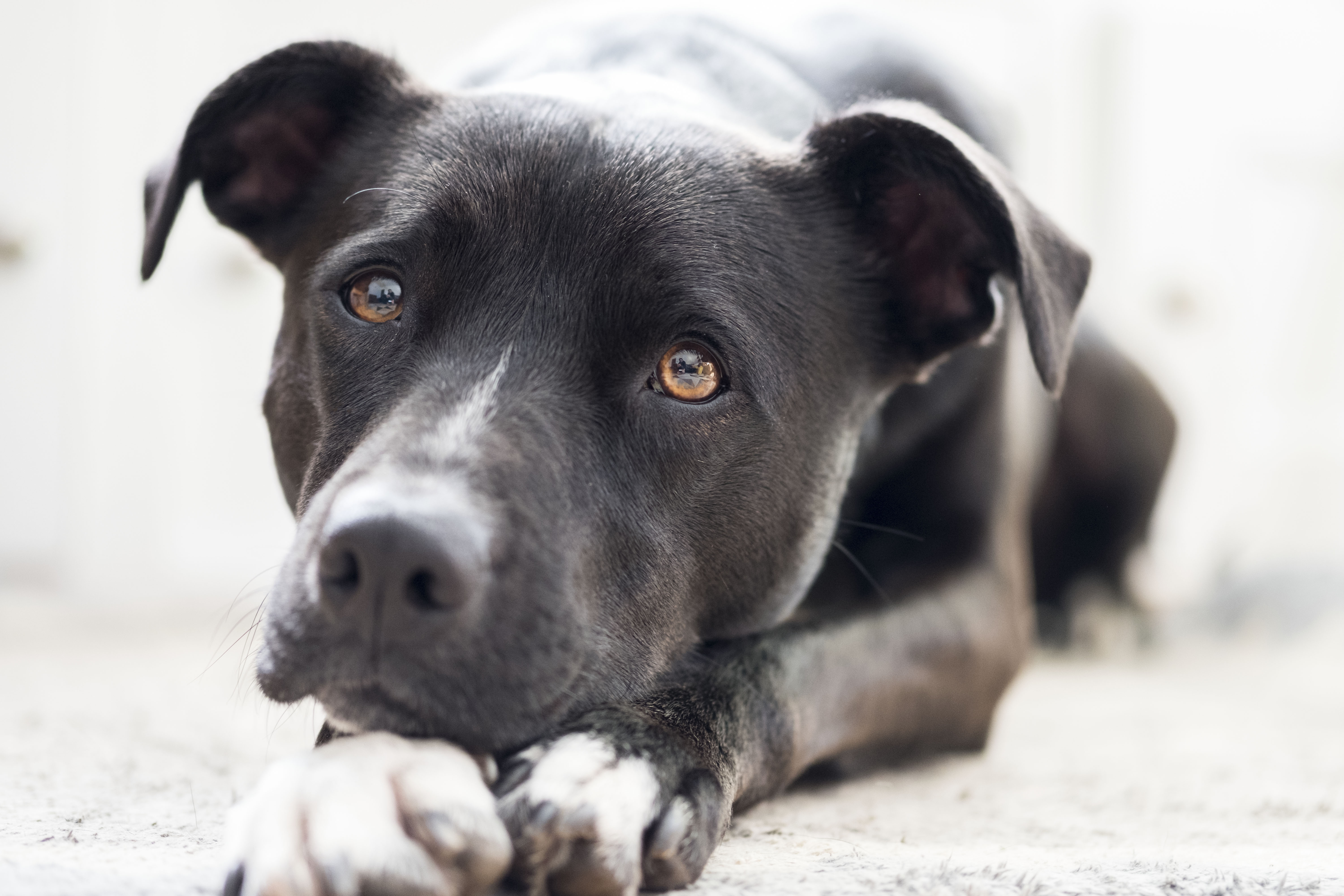Why you can trust TechRadar
Performance
- 14fps burst shooting (electronic shutter)
- 8fps burst shooting (mechanical shutter)
- 350-shot battery life
Thanks to Fujifilm’s X-Processor Pro imaging engine the X-E3 takes 0.4 seconds to power up, compared with 0.5 seconds for the X-E2s, while the shutter lag remains the same at just 0.05 seconds.
While the X-E3 isn't marketed as a action camera, it is capable of shooting at a very fast 14fps using the electronic shutter, or at a slightly more restrained 8fps if you'd prefer to use the camera's mechanical shutter – if you do, expect to be able to shoot 23 raw files or 62 JPEGs before the buffer slows up.
The X-E3 uses Fujifilm's tried and tested TTL 256-zone metering system, which in the main performs very well. As we've found before, when presented with a high-contrast scene it can sometimes underexpose the shot a touch, but this is easy to correct thanks to the well-positioned exposure compensation button – or you can simply lift the shadows in post-processing if you wish.
The electronic viewfinder is the same unit found on the X-T20. As we've found with that camera the viewfinder image is lovely and bright, and, thanks to the 2.36m dot resolution, rich in detail.
Toggling through the X-E3's settings is pretty painless when combined with the rear joystick
While there's no tilt or vari-angle positioning of the rear display – either would have come at the expensive of the X-E3's compact build – the 3-inch touchscreen is very good. It would be nice to see the menu system integrated into the touchscreen interface, but toggling through the X-E3's settings is pretty painless when combined with the rear joystick.
One area where there's room for improvement is battery life. At 350 shots per charge, it's certainly not bad for a mirrorless camera, but when compared to a DSLR rival such as the Nikon D5600 and its 820-shot battery life there's certainly room for improvement. It's nice to see a dedicated charger bundled in the box, while you can charge via USB as well.
The upgraded connectivity options of the X-E3 work well. It's easy to pair the X-E3 with your device, and provided Bluetooth is turned on on both devices an automatic, low-powered connection is established every time you fire up the Camera Remote app.
Sign up for breaking news, reviews, opinion, top tech deals, and more.
Image quality
- ISO200-12,800, expandable to 100-51,200
- Film simulation modes
- +/-5 EV exposure compensation in 1/3 or 1/2-stop increments
The Fujifilm X-E3 uses the same X-Trans CMOS III sensor as we've seen in the X-Pro2, X-T2, X-T20 and X100F, which means the image quality from the X-E3 is some of the best available from an APS-C-based camera.
Detail is excellent, while those not wanting to spend time sitting in front of a computer will enjoy the X-E3's range of film simulation modes. With 15 effects to choose from there's a wealth of options available, with the likes of Velvia great for enhancing colors in landscapes, while mono shooters will enjoy the Arcos mode.
Another area where the X-E3 excels is dynamic range. There's plenty of flexibility for recovering detail in the shadows and highlights of images – especially raw files, with about four stops to play with at low ISOs.
Available for both JPEG and raw files is the X-E3's Dynamic Range mode, with the highest DR400 setting preserving plenty of detail in both the highlights and shadows, though this comes at the expense of the base sensitivity available in this mode, with only ISO800 or higher available.

Click here to see the full-size image

Click here to see the full-size image

Click here to see the full-size image

Click here to see the full-size image

Click here to see the full-size image

Click here to see the full-size image
As we've found with other X Series cameras that use this sensor, the X-E3 handles image noise very well. At the lower end of the sensitivity range files look very clean, with no signs of luminance (grain-like) noise in our shots.
It's only really at ISO3200 that luminance noise becomes noticeable, and its organic appearance means it's not a big issue, while even up to ISO12,800 results won't be unusable – you'll need to be prepared to tweak files in post-processing if you're planning to shoot at this sensitivity though.
Current page: Performance and image quality
Prev Page Build, handling and AF Next Page Verdict and competition
Phil Hall is an experienced writer and editor having worked on some of the largest photography magazines in the UK, and now edit the photography channel of TechRadar, the UK's biggest tech website and one of the largest in the world. He has also worked on numerous commercial projects, including working with manufacturers like Nikon and Fujifilm on bespoke printed and online camera guides, as well as writing technique blogs and copy for the John Lewis Technology guide.
